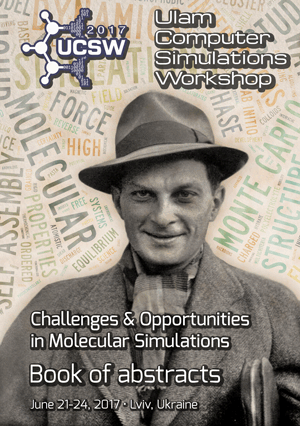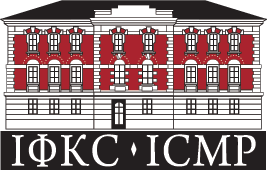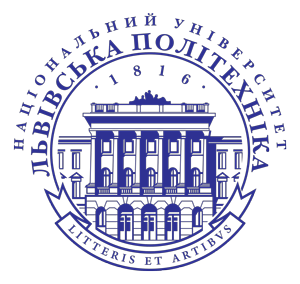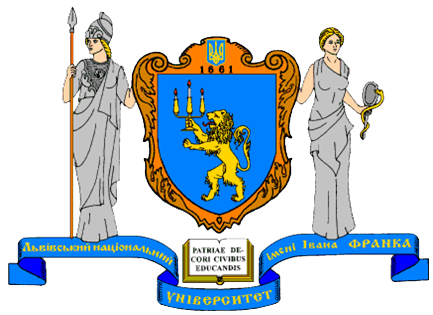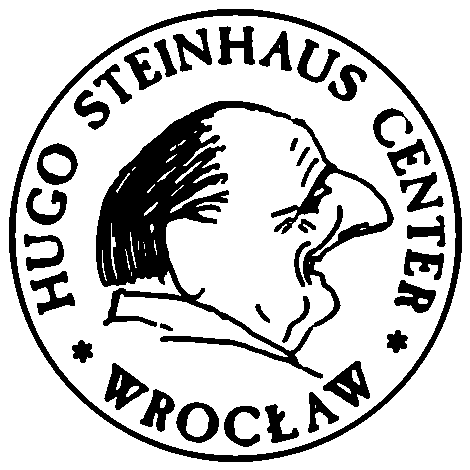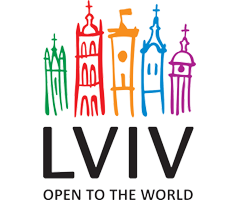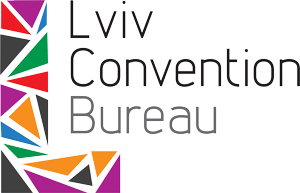Stanislaw Ulam (1909 - 1984)
Stan was larger than life; his person defies description... He electrified the air around all who came in touch with him, for his wit, culture and erudition were dazzling.
Françoise Ulam, 1984
Lviv
Stanislaw Marcin Ulam was born on 13 April 1909 in Lviv (Lemberg), at that time the capital city of province Galicia in Austro-Hungarian Empire while administrative city of Lviv region (oblast) in Ukraine now.
 Building No.16 on Kostiushka street in Lviv where Ulam’s family lived and where Stanislaw Ulam was bornStanislaw was born in family house on Kostiushko street. His father was a famous Lviv lawyer. Assimilated Jewish family of Ulams came to Lviv from Venice three generations earlier. Stanislaw’s mother was born in Stryi – small town in 70 kilometers from Lviv.
Building No.16 on Kostiushka street in Lviv where Ulam’s family lived and where Stanislaw Ulam was bornStanislaw was born in family house on Kostiushko street. His father was a famous Lviv lawyer. Assimilated Jewish family of Ulams came to Lviv from Venice three generations earlier. Stanislaw’s mother was born in Stryi – small town in 70 kilometers from Lviv.
In 1914 the WWI started and in 1916 family of Ulams moved to Vienna. They came back to Lviv in 1918.
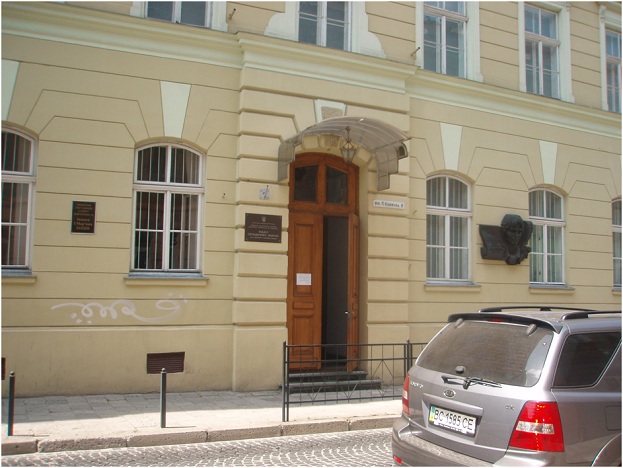 Building No.8 on Kovzhuna street in Lviv where Lviv Gymnasium number VII was located Stanislaw showed an extraordinary mathematical talent from an early age. In 1919 after entering Lviv Gymnasium number VII at the age of ten he made attempts to understand special theory of relativity and he was successful in that regard. Young Stanisław acquired a reputation as a child prodigy.
Building No.8 on Kovzhuna street in Lviv where Lviv Gymnasium number VII was located Stanislaw showed an extraordinary mathematical talent from an early age. In 1919 after entering Lviv Gymnasium number VII at the age of ten he made attempts to understand special theory of relativity and he was successful in that regard. Young Stanisław acquired a reputation as a child prodigy.
In 1927 Ulam enrolled at the Lviv Polytechnic Institute with a view to become an engineer, but soon his love for mathematics prevailed. He studied and graduated under Kazimierz Kuratowski becoming a Doctor of Science in 1933.
At the same time, Ulam already was a member of the Lviv School of Mathematics with Stefan Banach, a great Polish mathematician, one of the moving spirits of the Lviv School of Mathematics.
United States
In the second half of the thirties the young scientist began to visit and make contacts with Western European and American mathematicians. Consequently von Neumann invited him to the USA in December 1935 for a few months. Ulam made good use of that relatively short period of time and following up on G. D. Birkhoff's suggestion he applied for a position with the Harvard Society of Fellows. He spent summers in Poland and academic years at Harvard University for following three years until the outbreak of the Second World War in 1939 when along with his younger brother Adam, he fled Poland. His friend, John von Neumann, had secured a position at the Institute of Advanced Studies in Princeton. The rest of Ulam's family was killed in the Holocaust.
Birkhoff helped Ulam once again in 1940, when with his recommendation Stan became an assistant professor at the University of Wisconsin-Madison, at which he began a fruitful collaboration in group theory with C. J. Everret. In 1941 he obtained US citizenship and a year later he married a French student Francoise Aaron.
In 1943, after having worked as a university professor in the United States for three years, Ulam contacted John von Neumann to request a war job. Later that year, he received an offer from Hans Bethe to join a project near Santa Fe - the Manhattan Project.
Ulam's expertise was needed to ensure the proper design and construction of an implosion-type weapon. He was responsible for carrying out hydrodynamical calculations, which determine the behavior of solids at high temperature and pressure. This was crucial to the design of a proper explosive lens, which would be necessary to achieve perfect spherical implosion. Eventually, Ulam and Neumann came up with the proper design.
While there, Ulam suggested the Monte Carlo Method for evaluating complicated mathematical integrals that arise in the theory of nuclear chain reactions. This suggestion led to the more systematic development of Monte Carlo by von Neumann, Metropolis and others, which greatly aided in solving many of the complex problems in creating an atomic bomb.
Following the war, when President Truman announced that the U.S. was to develop a hydrogen bomb, Ulam was invited to continue work on secret projects -- notably the creation of thermonuclear weapons. He and Edward Teller developed the "Teller-Ulam design," the first workable design for thermonuclear device and believed to be the basis for all thermonuclear weapons existing today.
After World War II, Ulam largely turned from rigorous pure mathematics to speculative and imaginative work, posing problems and making conjectures that often concerned eh application of mathematics to physics and biology. Ulam took a position as chair of mathematics at the University of Colorado in 1965, but he remained a consultant at Los Alamos, dividing his time between Boulder, Colorado, and Santa Fe, New Mexico, from which he commuted to Los Alamos. Later, he and his wife spent winters in Gainesville, Florida, where he had a position with the University of Florida.
Stan Ulam died in Santa Fe on May 13, 1984.

